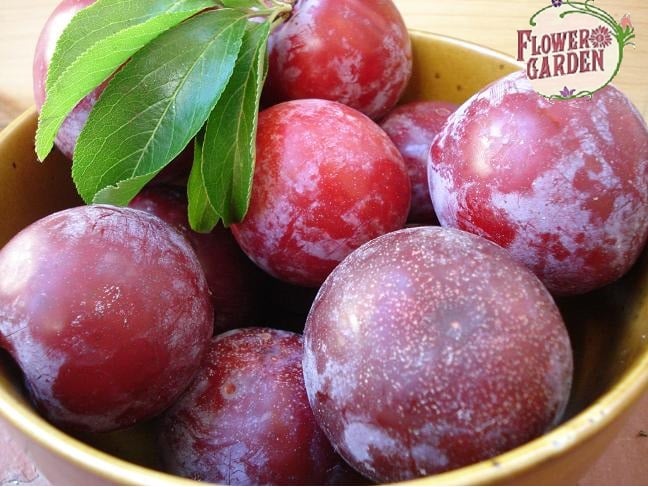Since ancient times, people have intervened in nature, trying to “adjust” it to their needs. Modern gardeners are also attracted by new hybrid varieties of vegetables and fruits: pear-flavored apple, apricot-flavored nectarine and others. Characteristics of hybrid trees Hybrid is a new species, a variety of vegetables, trees and shrubs obtained by genetic cross-pollination in various forms. Scientists and amateurs conduct research, experiments and get a lot of exotic plants, such as a tomato that smells of lemon, an apple with a grape flavor and so on.
Hybrids have both positive and negative properties, but still have more advantages. Among the advantages of growing hybrid plants are the following: ·
fruits grown on the same plant have approximately the same shape; ·
large enough mass, up to 150-170 g; ·
high yield; ·
high resistance to insect pests, various diseases; ·
self-pollination, no need to plant a number of special pollinators; ·
unusual taste. Taste characteristics It is more of a plum than an apricot, as it has “inherited” 3/4 of the characteristics of the plum and only 1/4 of the apricot. Therefore, the fruits look more like large plums, with the same smooth, fluffy, green, pink, yellowish, purple, burgundy, lilac skin. The pulp is sweet, juicy, slightly fibrous, can be both light (almost white) and dark (pink-cherry, orange, burgundy) shades. It tastes like both plum and apricot, although there are still more hints of plum, but the aroma is closer to apricot. At the same time, the stone inside the fruit is very small. The composition of the fruit includes various substances useful for the human body:
· Vitamins A, B, C, P;
· Fiber and fiber;
· Proteins;
· sugar;
· Microelements;
· Coumarins;
· Pectins;
· Enzymes;
· Other biologically active substances.
The fruits can be eaten both fresh and as part of various dishes: fruit salads used to prepare sauces, jellies, mousses, sorbets. From them compotes, jams, cans are prepared, marshmallows are prepared, they are used as a filling for baking. They are used in the production of various alcoholic (wine) and soft drinks (juices, fruit drinks). Despite the high sugar content (7.2%), the plum-apricot hybrid belongs to the category of low-calorie fruits. Its use on an empty stomach can irritate the gastric mucosa. It is necessary to limit the amount of fruit consumed by patients with diabetes, liver problems, gall bladder and gastritis. The amount of harvest depends on how hard the gardener has taken care of the trees. In late autumn, after the harvest has been harvested and the fall has ended, the fallen leaves are collected and the soil around the stem is dug up. This is a very effective way to control insect pests, many of which remain to winter under the leaves in the ground. In early spring, the excavation is repeated.









